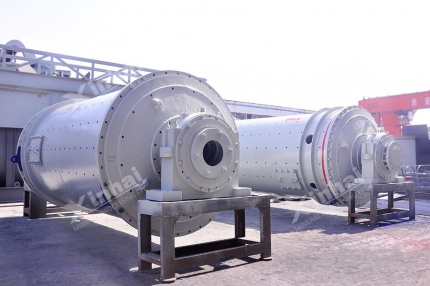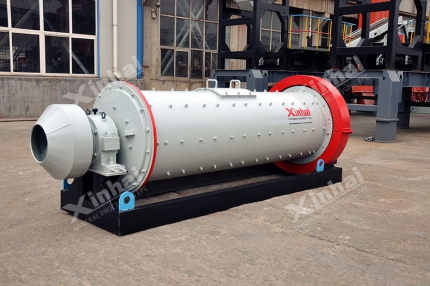With the continuous development of science and technology, the application methods of non-metallic minerals in various fields are changing with each passing day, and these non-metallic minerals have high strategic significance. Non-metallic minerals such as quartz, fluorite, and graphite are widely used in construction, electronics, chemical industry and other fields. With the increasing scarcity of mineral resources and the increasing demand for high-quality raw materials, optimizing the non-metallic mineral beneficiation process is a key way to improve resource utilization and economic benefits. This article will discuss the mineral beneficiation technology and methods of three minerals: graphite, quartz, and fluorspar, to provide help in optimizing the beneficiation process.
Use the table of contents below to navigate through the guide:
01Graphite mineral beneficiation technology
Graphite has good natural floatability, so it is often processed by flotation. In order to ensure that the graphite flakes are not damaged, a staged grinding and flotation process is generally used, and then the graphite concentrate product is obtained through multiple regrinding and selection processes. . After repeated grinding, the gangue minerals sandwiched between the graphite flakes can be dissociated step by step, reducing the damage of the gangue minerals to the graphite flakes during the grinding process.
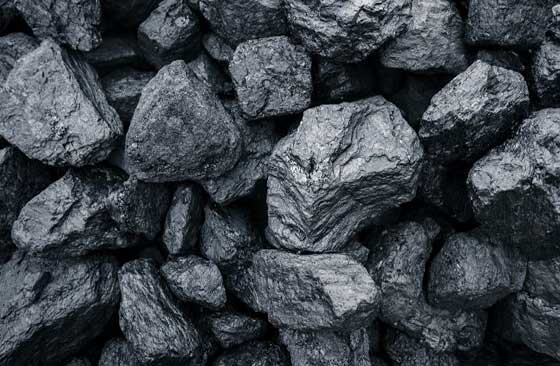
According to the different crystal forms of the ore, graphite can be divided into large flake graphite, fine flake graphite and cryptocrystalline graphite. The three types of mineral beneficiation and purification processes are different, as follows:
Large flake graphite beneficiation process
Crystalline graphite with a flake size greater than 0.15mm is called large flake graphite. Its excellent industrial performance determines its higher market value. Select appropriate grinding media, improve the flotation process, change flotation reagents, and grade grinding floatation process, etc. can effectively protect graphite flakes, thereby increasing the yield of large flake graphite in the concentrate.
Fine-grained graphite beneficiation process
Fine-grained graphite beneficiation is a process in which graphite particles in raw ore are sorted according to particle size, shape, density and other characteristics through a series of physical and chemical methods.

Step 1: Use a vibrating screen or centrifugal screen to initially screen the raw ore to remove larger particles of minerals and gangue minerals.
Step 2: Use heavy media separation technology, and then achieve separation based on the different sinking and floating speeds of graphite particles and impurities in the medium. During the sorting process, the density of the medium needs to be adjusted to improve the efficiency of heavy media separation.
Step 3: Using flotation method, add surfactant and bubbles into the slurry. The graphite particles will combine with the bubbles to form a foam product.
Step 4: Upgrade the fine-grained graphite products to products that meet production requirements through subsequent processing processes such as drying and screening.
In the fine-grained graphite mineral beneficiation process, it is necessary to reasonably select and optimize the beneficiation process based on the characteristics of the raw materials and product requirements, so as to achieve an efficient, energy-saving and environmentally friendly beneficiation process.
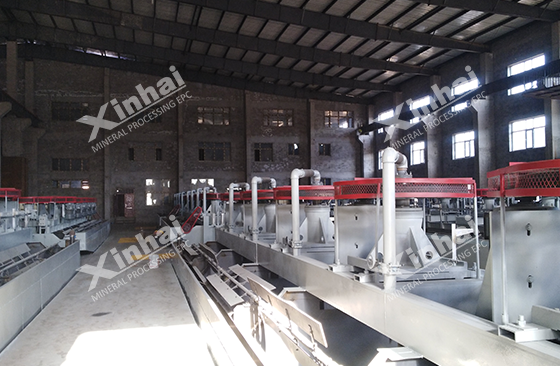
Cryptocrystalline graphite flotation process
Cryptocrystalline graphite is graphite with a crystal diameter less than 1 μm and the crystal form is difficult to distinguish under a microscope. It is also called microcrystalline graphite or earthy graphite. Cryptocrystalline graphite is closely embedded with gangue minerals, making it difficult to fully dissociate into monomers. In response to this characteristic, the research team uses high-efficiency stirring mills or planetary mills and other grinding equipment to achieve fine grinding, so that the gangue minerals and graphite can be fully separated into monomers, thereby improving the quality of the flotation concentrate.
02Quartz mineral beneficiation technology
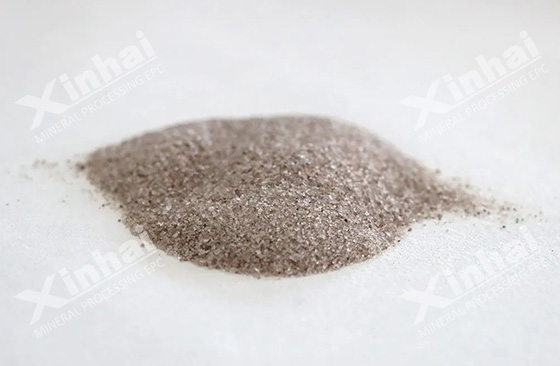
The main component of quartz is silica. Its physical and chemical properties are stable, and it has the advantages of high temperature resistance, corrosion resistance, good light transmittance and insulation. Therefore, it is widely used in electronic information, optical light sources, photovoltaic energy, aerospace and other fields. With the increasing demand for quartz materials in the industrial market, especially high-purity quartz materials, the quartz industry has attracted much attention and the level of production technology has improved significantly.
Commonly used methods for powder quartz mineral processing include scrubbing, cyclone desliming, flotation and mixed acid leaching processes. After these processes, high-purity silicon powder products with a grade greater than 99% can be obtained.

Vein quartz ore beneficiation and purification will select processes such as calcination, water quenching, crushing, pulverization, magnetic separation, flotation, acid leaching, washing, dehydration and drying, etc., which can further increase the silica content in the quartz ore, thereby achieving high-purity quartz sand. requirements.
03Fluorite mineral beneficiation technology
Fluorite is an important basic raw material in the fluorine chemical industry and is widely used in metallurgy, aluminum smelting, glass, ceramics, cement, chemistry and other industries. Its products include hydrofluoric acid and fluororesin, fluorine rubber, fluorine coatings, fluorine-containing fine chemicals, etc. It plays a key role in aerospace, pharmaceutical industry, electronics and power, military industry and other fields. With the rapid development of the high-end fine fluorine chemical industry, as the main source of fluorine in the industry, the selection and purification of fluorite has received great attention, and its technical production level has also made great progress.
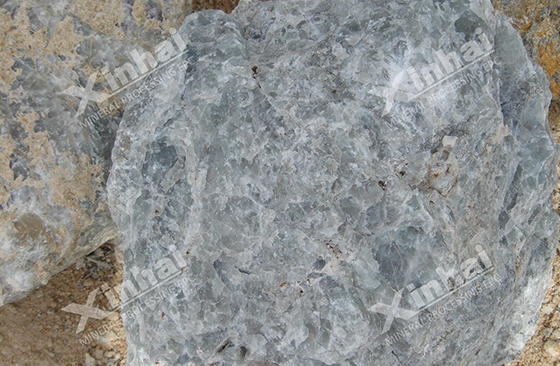
Fluorite is often associated with minerals such as quartz, barite, and calcite. Since Ca2+ and Ba2+ in these minerals belong to the same family of alkaline earth metals, fluorite has similar flotation properties to minerals such as barite and calcite, resulting in fluorite. The separation of stone and gangue minerals is difficult. To address this problem, priority flotation, mixed flotation and reverse flotation can be selected to separate fluorite and gangue minerals. During the flotation process, appropriate chemicals should be used to adjust and optimize the mineral processing process, which can effectively improve the recovery rate and purity of fluorspar ore.
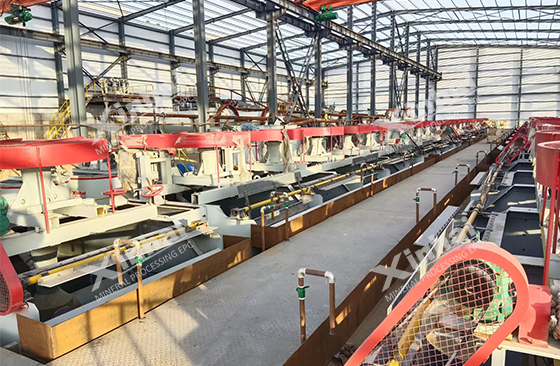
The above content is a brief introduction to the beneficiation technology of graphite ore, quartz ore and fluorite ore. In actual production, it is necessary to introduce advanced technical means and appropriately combine flotation, electric separation, magnetic separation, gravity separation and other technologies. Intelligent control and big data analysis can further improve the accuracy and efficiency of the mineral beneficiation process. With the continuous advancement of science and technology and increasingly stringent environmental requirements, the mineral processing process of non-metallic minerals will face more challenges and opportunities. The mineral processing plant should continue to pay attention to the innovation and practical application of relevant mineral processing technologies, constantly optimize the mineral processing process, and make the mineral processing trend towards develop in the direction of environmental protection, intelligence and efficiency.


 marketing@ytxinhai.com
marketing@ytxinhai.com  0086 13810327080
0086 13810327080 






































































































 CHAT
CHAT MESSAGE
MESSAGE






.jpg)
